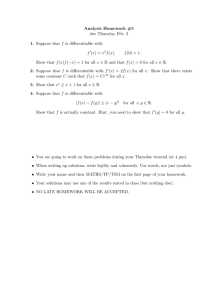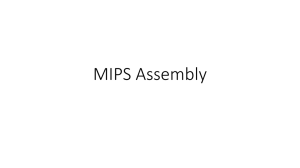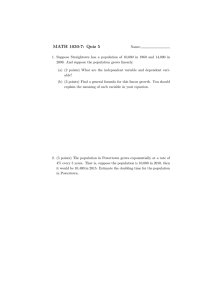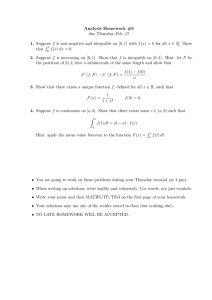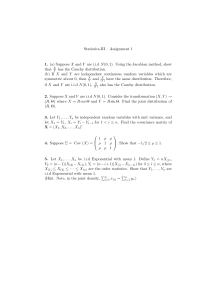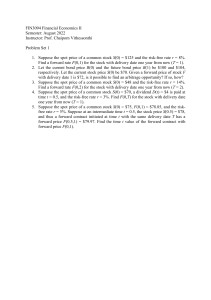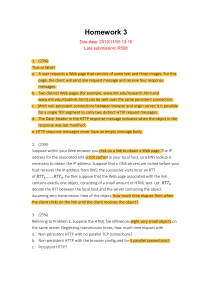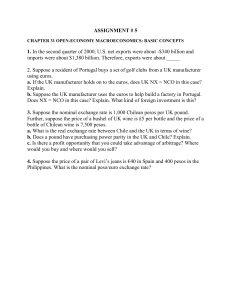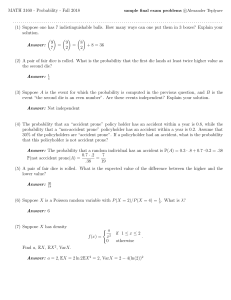π β π κ π σ α π α π + π λ
advertisement
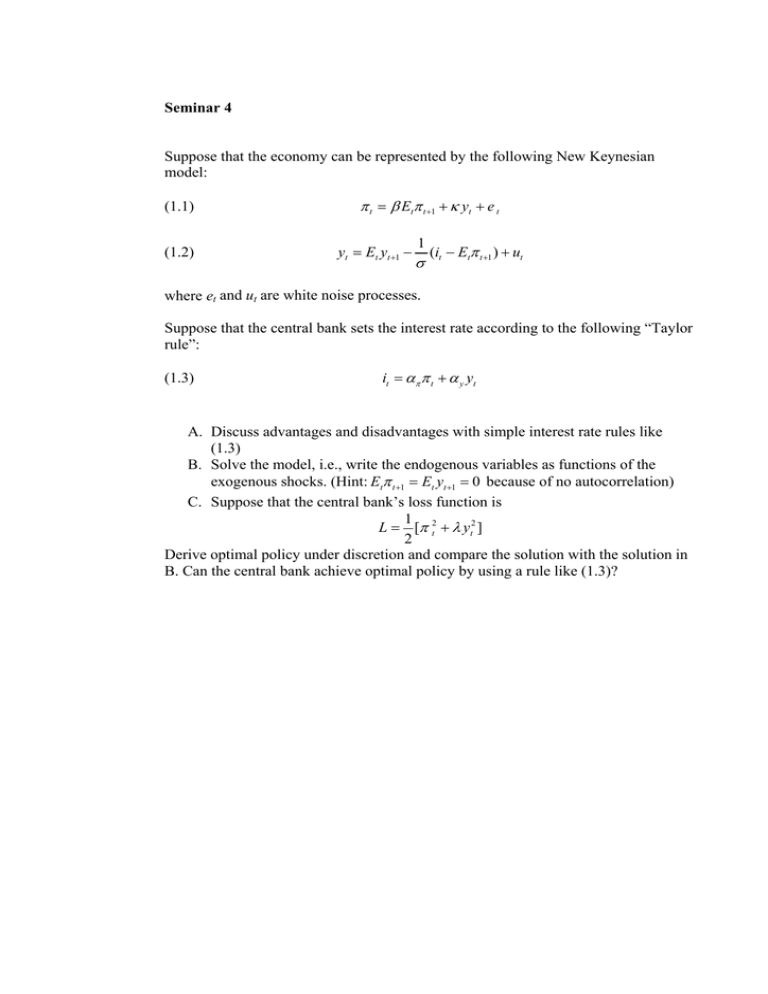
Seminar 4 Suppose that the economy can be represented by the following New Keynesian model: (1.1) (1.2) π t = β Etπ t +1 + κ yt + e t yt = Et yt +1 − 1 σ (it − Etπ t +1 ) + ut where et and ut are white noise processes. Suppose that the central bank sets the interest rate according to the following “Taylor rule”: (1.3) it = απ π t + α y yt A. Discuss advantages and disadvantages with simple interest rate rules like (1.3) B. Solve the model, i.e., write the endogenous variables as functions of the exogenous shocks. (Hint: Etπ t +1 = Et yt +1 = 0 because of no autocorrelation) C. Suppose that the central bank’s loss function is 1 L = [π t2 + λ yt2 ] 2 Derive optimal policy under discretion and compare the solution with the solution in B. Can the central bank achieve optimal policy by using a rule like (1.3)?
